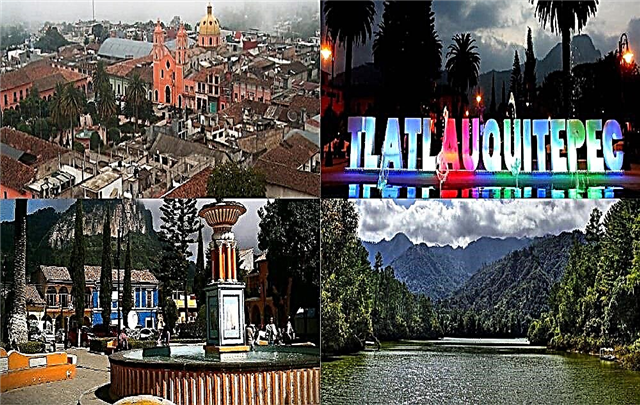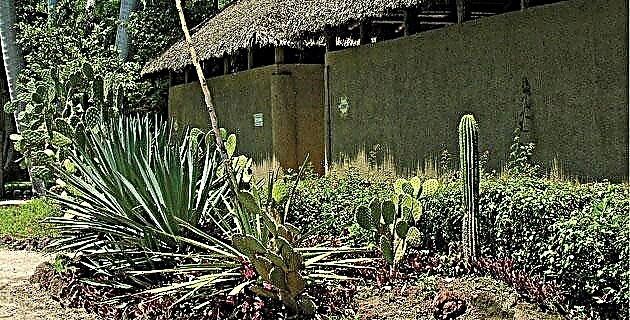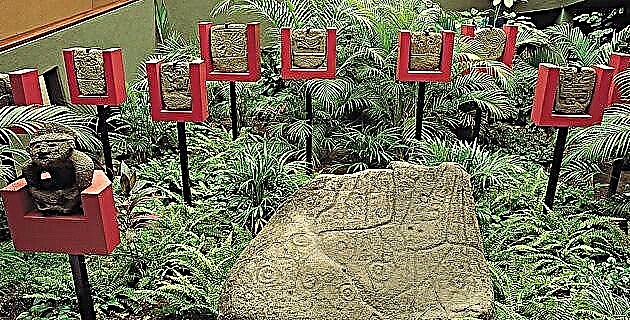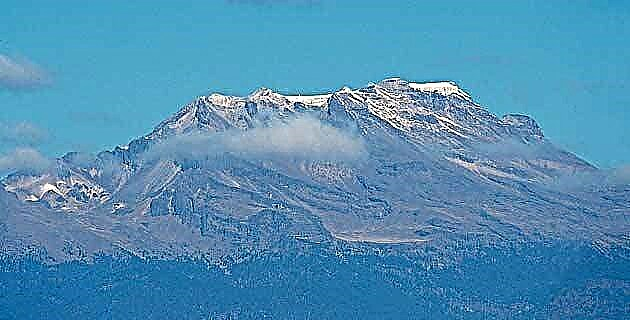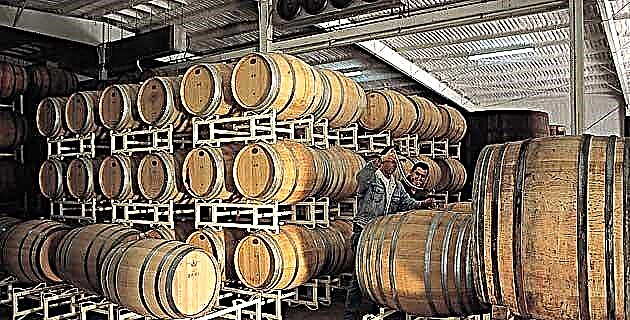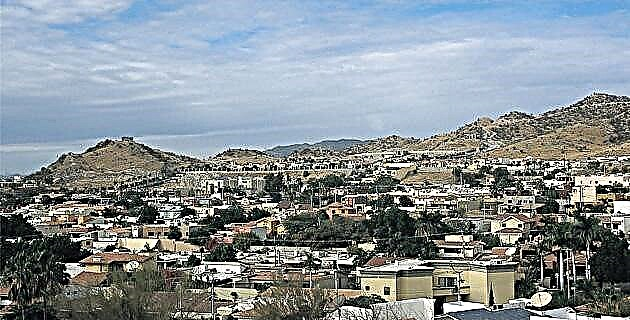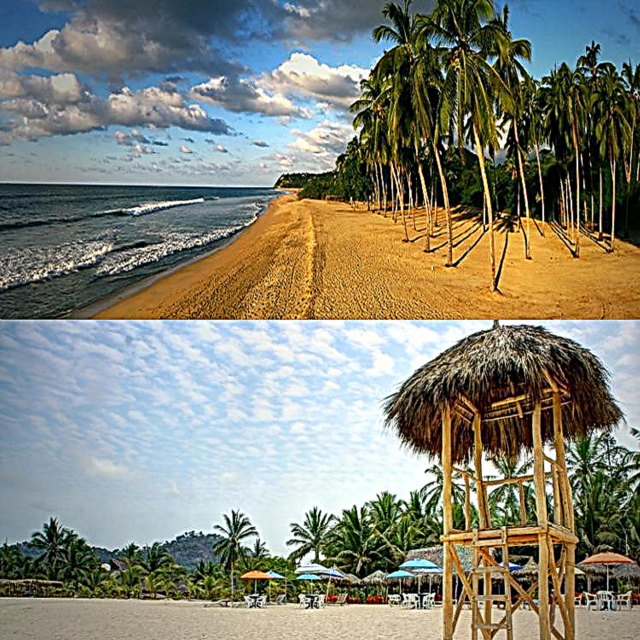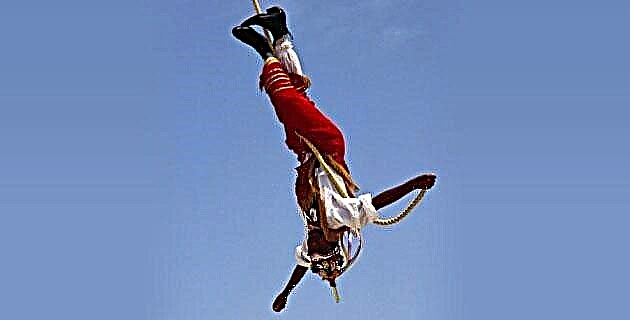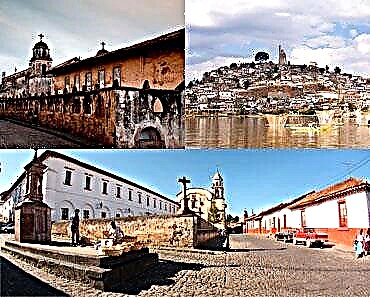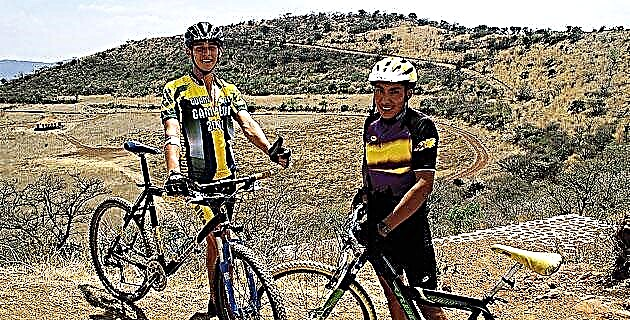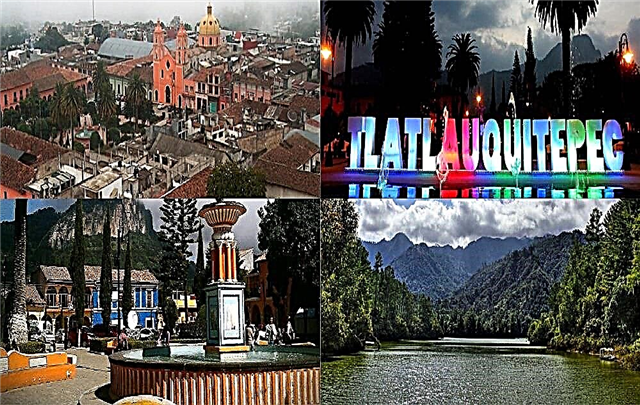With its beautiful romantic Spanish architecture, we introduce you to Tlatlauquitepec. We will make your trip and stay in the Magic Town of the state of Puebla with this complete guide.
1. Where is Tlatlauquitepec and how do I get there?
Tlatlauquitepec is the head city of the homonymous municipality that is located in the Sierra Norte of the state of Puebla. It limits to the north with the municipality of Cuetzalan and to the south with Cuyoaco; to the east it borders the municipalities of Chignautla, Atempan and Yaonáhuac; having as neighbors to the west those of Zautla, Zaragoza and Zacapoaxtla. The easiest way to access the Pueblo Mágico is by highway 129, starting from the city of Puebla, in a pleasant journey of approximately 2 hours, to reach your destination.
2. What is the history of Tlatlauquitepec?
The Olmec culture and later the Toltec, dominated in Tlatlauquitepec at the beginning of the 16th century. With the expansion of the Aztec empire, the Chichimecas were the new owners of the patio until they succumbed to the Spanish colonizers. Tlatlauquitepec had an active participation in the Mexican War of Independence after the local priests allied with Morelos for the fight. In the War of the Reform, Tlatlauquitepec also played an important role, being the headquarters of the headquarters of General Juan Álvarez, who was fundamental in supporting Benito Juárez for the triumph of the Liberal Party.
3. What weather should I expect?
The climate in the Sierra Norte de Puebla is between temperate-sub-humid and warm-sub-humid, with average rainfall of 1,515 mm in the year, which falls mainly in summer. However, Tlatlauquitepec has a delightful average temperature of 16 ° C, with little variation throughout the seasons. In the winter months the thermometer shows an average of between 12 and 13 ° C, while in summer it rises to the range of 17 to 19 ° C. When you go to Tlatlauquitepec, be sure to bring your umbrella and coat to enjoy it comfortably.
4. What are the main attractions of Tlatlauquitepec?
Tlatlauquitepec exudes charms of colonial architecture. Structures dating back almost 500 years, such as the former Franciscan convent of Santa María de la Asunción, which is one of the oldest in America; the Sanctuary of the Lord of Huaxtla, with more than three centuries; the Plaza de Armas, with splendid views; and the Municipal Palace. You will also find places for intimate contact with nature, such as the Cerro el Cabezón, the Cueva del Tigre and the Puxtla Waterfall. So quiet, there is entertainment for a while.
5. What is the Ex - convent of Santa María de la Asunción like?
Built by the Franciscan order in 1531, it is one of the oldest and best-preserved convents in Latin America, and was a training center for the first friars who undertook the evangelization of indigenous Mexicans. Architecturally, it consists of three bodies of different levels in a neoclassical style and presents 32 arches carved in pink quarry that were extracted from Chignautla. In the center of the convent you can see a very Spanish-style fountain, while to one side is the Church of the Assumption, erected in 1963 with more modern lines.
6. What is the sanctuary of the Lord of Huaxtla like?
Its construction began in 1701, being just a wooden house. The priest Domingo Martin Fonseca began the construction of the chapel, but it was not until 1822 that the first brick was laid and in 1852 the main altar was installed. In 1943 the roof of the church was burned by thieves to steal the alms for the January festivities. Later it was decided to build a larger temple, with concrete vaults. The sanctuary has a beautiful sculpture of Jesus Crucified, better known as the Lord of Huaxtla, which is the object of great veneration and has great festivals. This sanctuary is the starting point of the procession during Holy Week.
7. What attractions does the Plaza de Armas have?
The Plaza de Armas de Tlatlauquitepec has a great historical value for the Magic Town. It was there that the demonstration against the Land Registry Law was held in September 1938, with Tlatlauquitepec being the only town to do so. The square is very Hispanic-style architecture and is surrounded by portals, trees and floral plants of the region. It has a magnificent view of Cerro el Cabezón, one of the natural symbols of Tlatlauquitepec. As a curious fact, the square has a fountain in the middle that was filled with sangria at its inauguration.
8. What is the Municipal Palace like?
The original building was built in the early 19th century as a family residence. The house originally belonged to Don Ambrosio Luna and in 1872 it was converted into a hospital by the priest Lauro María de Bocarando. In 1962 the hospital was transformed into a center for social rehabilitation and in 1990 the building became the Municipal Palace of Tlatlauquitepec. Its architecture is typically Spanish, with two floors, fourteen semicircular arches and the traditional central patio. It is located on one side of the Plaza Mayor, forming part of the cozy portals that surround the square.
9. What can I do at Cerro el Cabezón?
Covered with lush vegetation, Cerro el Cabezón, also called Cerro de Tlatlauquitepec, is the local topographic emblem. It is about 15 minutes from the city center and can be admired in all its splendor from the Plaza de Armas. It contains numerous caves with stalactites and stalagmites formed by the deposition of minerals contained in the natural filtration water. A large number of prehistoric objects of the Toltec culture have been found on the hill. The hill has different types of tourist attractions; you can practice rappelling, hiking, camping, mountain biking and climbing, among others. It also has a zip line over 500 meters long for the more adventurous tourists.
10. What is Cueva del Tigre like?
Close to Tlatlauquitepec, on the Mazatepec highway, is the Cueva del Tigre. Its entrance is vaulted and its interior is covered with huge basalt slabs that have inscriptions from various cultures. It is made up of rock formations of great beauty, such as crystallized minerals, stalactites and stalagmites; besides that it has an endemic fauna. It has been the scene of several caving studies and you can practice caving-diving with prior reservation.
11. Where is the Puxtla Waterfall?
At Kilometer 7 of the Mazatepec - Tlatlauquitepec highway is the Cascada de Puxtla, also known as “la del seven” because of the km where it is located. The waterfall is near a hydroelectric power plant of the state project "Atexcaco" started in 1962, which today is inactive. The waterfall has a majestic drop of 80 meters with two slopes of about 40 meters each, offering a virgin landscape with lush vegetation, especially for hiking, camping or more extreme activities such as rappelling.
12. How is the craftsmanship of Tlatlauquitepec?
The artisan work of Tlatlauquitepec is known for the precision and beauty in the elaboration of objects by hand. Ancestral techniques refined over the years are the pride of the inhabitants of the region. Basketry is the main strength of the Tlatlaucan artisans, who make pieces with fibers and other vegetable components such as bamboo, vejuco and rod. They are also experts in wood carving, jewelery and wool weaving. All these products are offered by artisans in the Historic Center and in the Municipal Market, where you will surely have the opportunity to get an authentic souvenir from the Pueblo Mágico.
13. How is the gastronomy of the town?
The tlayoyo, inherited from the Spanish colonizers, is the star of Puebla gastronomy and the culinary insignia of Tlatlauquitepec. It is prepared with an oval-shaped corn dough, stuffed with beans, potatoes, alberjón and seasoned with chili, epazote and other natural additives. They are also very fond of the traditional ranchero mole made with different chilies and spices. The Tlatlauquenses are experts in cooking smoked meats with artisan recipes from Mazatepec. The traditional sweets are a delight, so make sure to try the crystallized figs and the ham.
14. Where can I stay?
Tlatlauquitepec has two well-known hotels. The Hotel San Jorge, located in the center, has panoramic views of the mountains and the rooms share a common terrace. It houses a garden with 40 different species of orchids and has a small history museum of the town. The Hotel Santa Fe, located in the main square, is a colonial-style building with cheerful and colorful rooms. 9 km from Tlatlauquitepec, in the town of Zacapoaxtla, is the rural hotel Cabañas Entrada a la Sierra, with a spectacular view of the city. The cabins are decorated in a Mexican style and equipped with a kitchen, a seating area and a fireplace; the place is quiet and perfect if you are looking for peace and contact with nature.
15. What are the best restaurants?
There are several options to enjoy a good meal in Tlatlauquitepec. To start the morning, the tianguis is the ideal place for an exquisite nutritious breakfast based on artisan bread, eggs in different presentations, beans and a variety of sauces, all accompanied by a good organic coffee to warm up. Then there is El Café Colonial, a typical food restaurant where you will enjoy the delicious smoked meats of chicken, tenderloin, sausage and pork, accompanied by bean and chili sauce. Other options are the "Atemimilaco" recreation center dining room where you can choose the fish of your choice in a pond; or the Mi Pueblo Restaurant, with a great variety of local and national dishes.
16. What are the main town festivals?
Tlatlauquitepec is a party town. Lively celebrations throughout the calendar will make you enjoy pleasant moments accompanied by its friendly inhabitants. January 16 is the festival in honor of the Lord of Huaxtla, with dances and rituals, horse races and sale of all kinds of crafts and typical sweets. In the Cerro el Cabezón the Cerro Rojo Festival is celebrated in March, with indigenous dances and typical games of the region that give life to this beautiful event. The festivities of the patron saint of the town, Santa María de la Asunción, are celebrated twice, on July 20 and August 15. For the occasion all kinds of religious images are made with fruits, seeds, flowers and other natural materials.
We hope that this complete guide has been to your liking and we invite you to leave your comments on experiences and experiences in this charming Magic Town of Puebla.